Mount Everest, the mesmerizing giant, has fascinated adventurers and dreamers from all over the planet. From its sky-high peaks to the mysteries surrounding its treacherous paths, Everest is a testament to Earth’s breathtaking beauty and formidable power. Today, we will unravel ten astonishing facts about this majestic mountain.
The Tallest Mountain on Earth

Mount Everest proudly stands as the tallest mountain in the world, towering at an incredible 8,849 meters (29,032 feet) above sea level. It is the crown jewel of the Himalayas, attracting climbers with its inspiring height. Imagine a city skyscraper; now multiply it several times—Everest is the natural skyscraper that punctuates the sky. Its sheer height makes it an awe-inspiring monument, challenging the boundaries of human endurance and the allure of the unknown.
It’s Still Growing
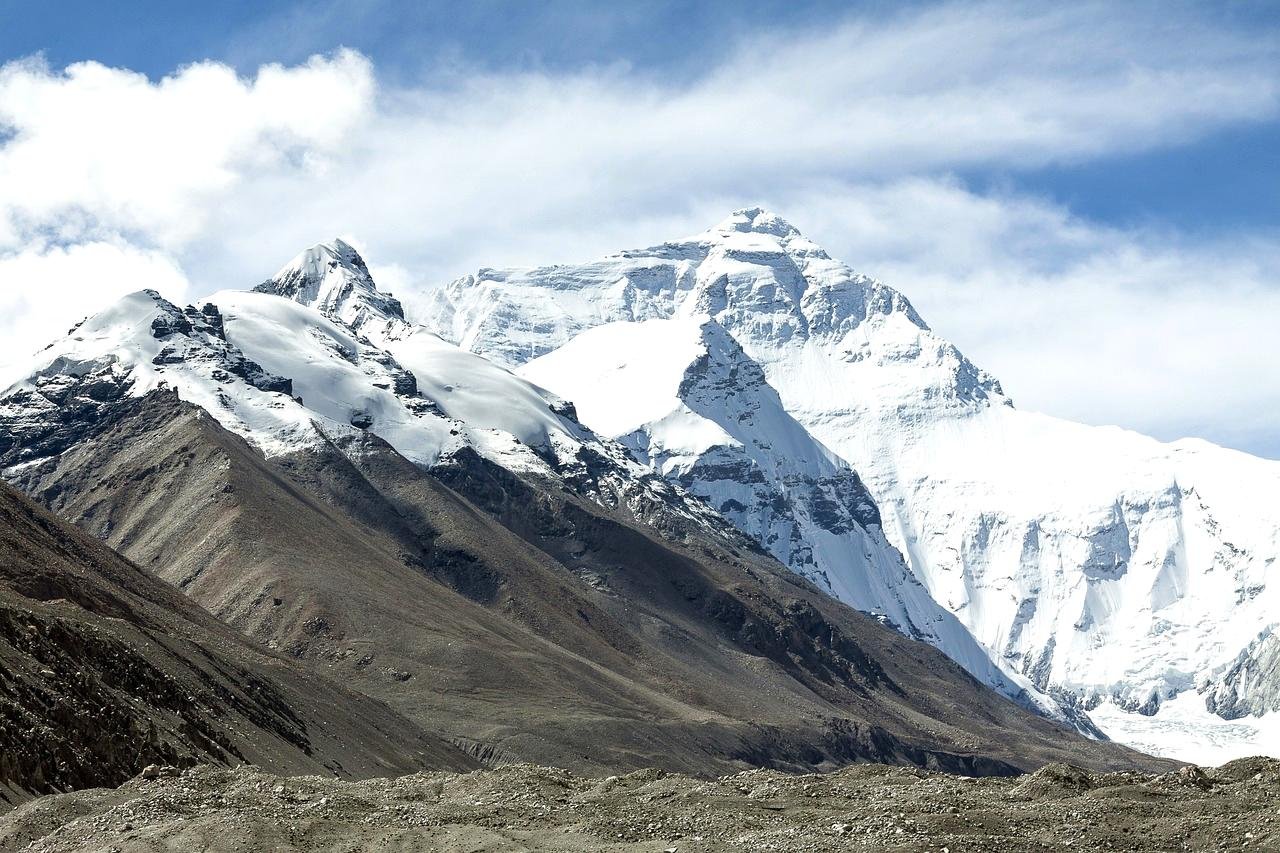
Despite its world record height, Everest isn’t done growing. Tectonic plate movements contribute to its rise, adding approximately 4 millimeters each year. Picture the Earth as a living, breathing entity, continually changing and evolving. This growth may sound insignificant, but over centuries it shapes landscapes and alters the world map just slightly. This fact gives us a snapshot of the dynamic earth processes beneath our feet, ever so gradually pushing Everest higher.
Named After a Surveyor

The name “Mount Everest” originates from an unlikely source—a British surveyor named Sir George Everest. In 1865, the name was bestowed, a tribute to the contributions of Sir George in mapping the Indian subcontinent. However, the locals of the region have their names for the mountain: “Sagarmatha” in Nepal, signifying the ‘Goddess of the Sky,’ and “Chomolungma” in Tibet, meaning the ‘Goddess Mother of the World.’ These names reflect the cultural tapestry and the reverence communities hold for this mighty peak.
A Deadly Ascent
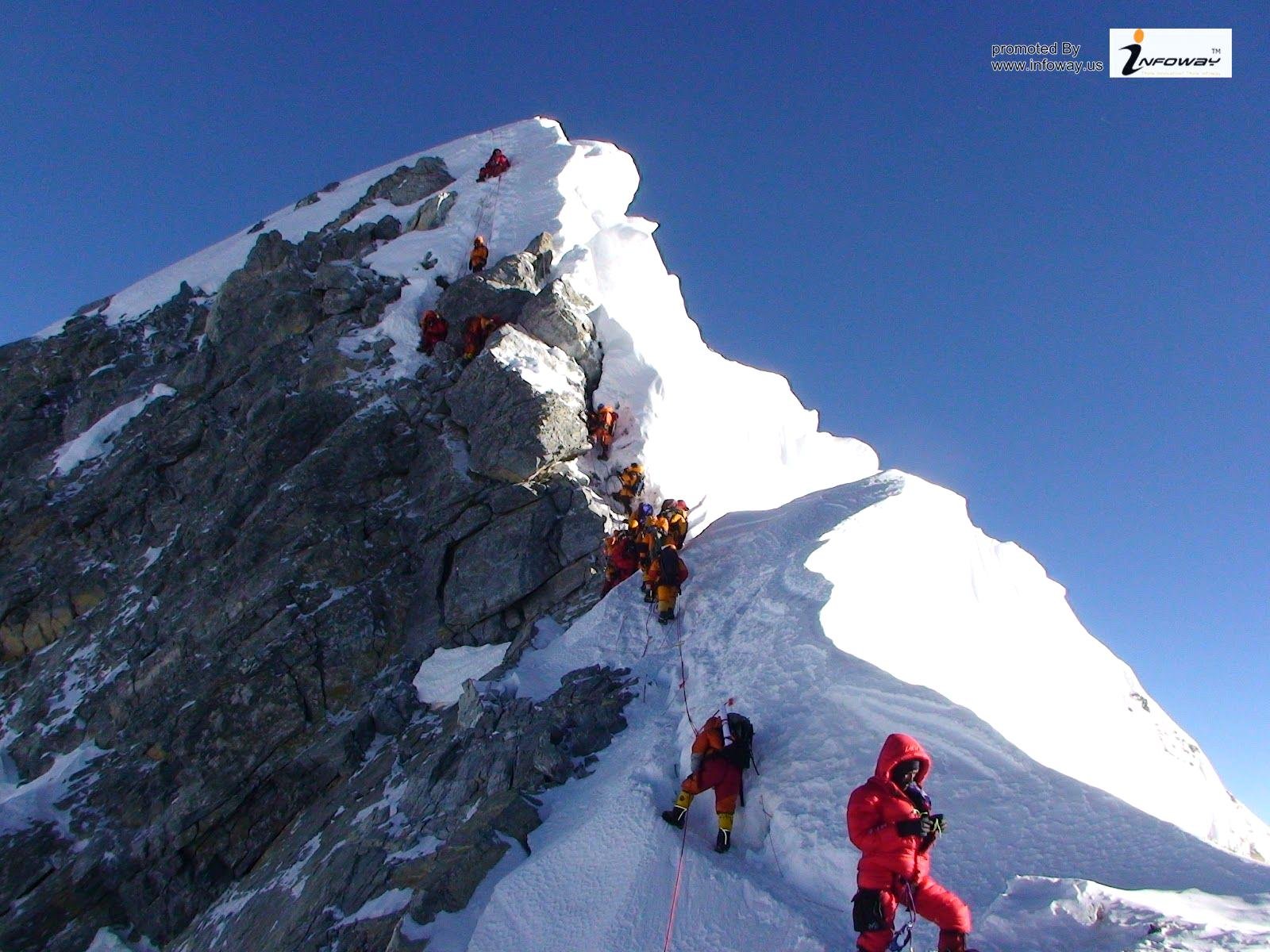
The journey to Everest’s summit is fraught with peril. Over 300 climbers have tragically lost their lives in pursuit of this dream, facing the harshest conditions known to humankind. The “Death Zone” above 8,000 meters presents severe pressures: lack of oxygen, freezing temperatures, and extreme physical demands. Climbing Everest is akin to a nerve-wracking tightrope walk between life and death, demanding both mental fortitude and physical prowess.
Not the Oldest Climber
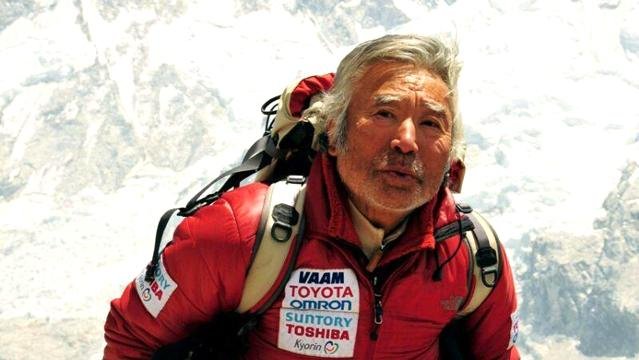
In 2013, Yuichiro Miura from Japan made an extraordinary achievement by reaching Everest’s summit at the age of 80. His conquest shattered age-related stereotypes and proved that the human spirit knows no age limits. Doing so, Miura showed the world that with determination, age is merely a number. His story inspires adventurers of all ages, echoing the sentiment that dreams have no expiry date.
Fastest Summit Record

Lakpa Gelu Sherpa holds the incredible record for the fastest ascent of Everest. In 2003, he achieved the summit in just 10 hours and 56 minutes—a feat as astounding as it is inspiring. Picture sprinting up countless staircases non-stop—only far steeper and in frigid temperatures. His achievement underscores the exceptional capabilities of the human body when honed through experience and tempered by nature’s challenges.
Everest Is Covered in Trash
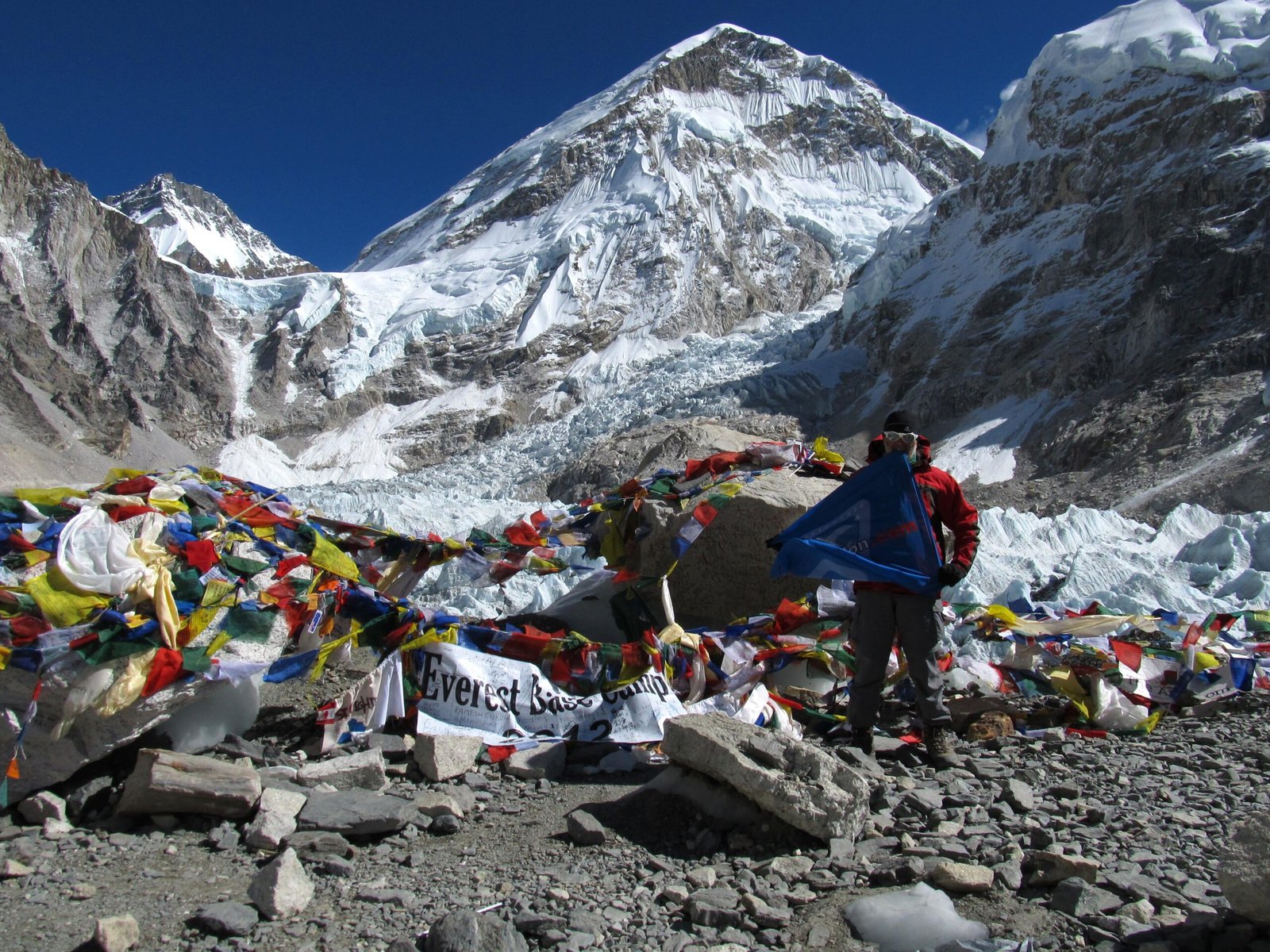
Despite its remote location, Everest is plagued by an unmistakable modern problem: trash. Years of expeditions have left the mountain sprinkled with debris, prompting significant cleanup efforts. To counter this, initiatives have been undertaken to restore Everest’s pristine condition. This serves as a stark reminder of humanity’s environmental footprint and the responsibility that comes with exploring nature’s wonders.
The Air Is 66% Thinner
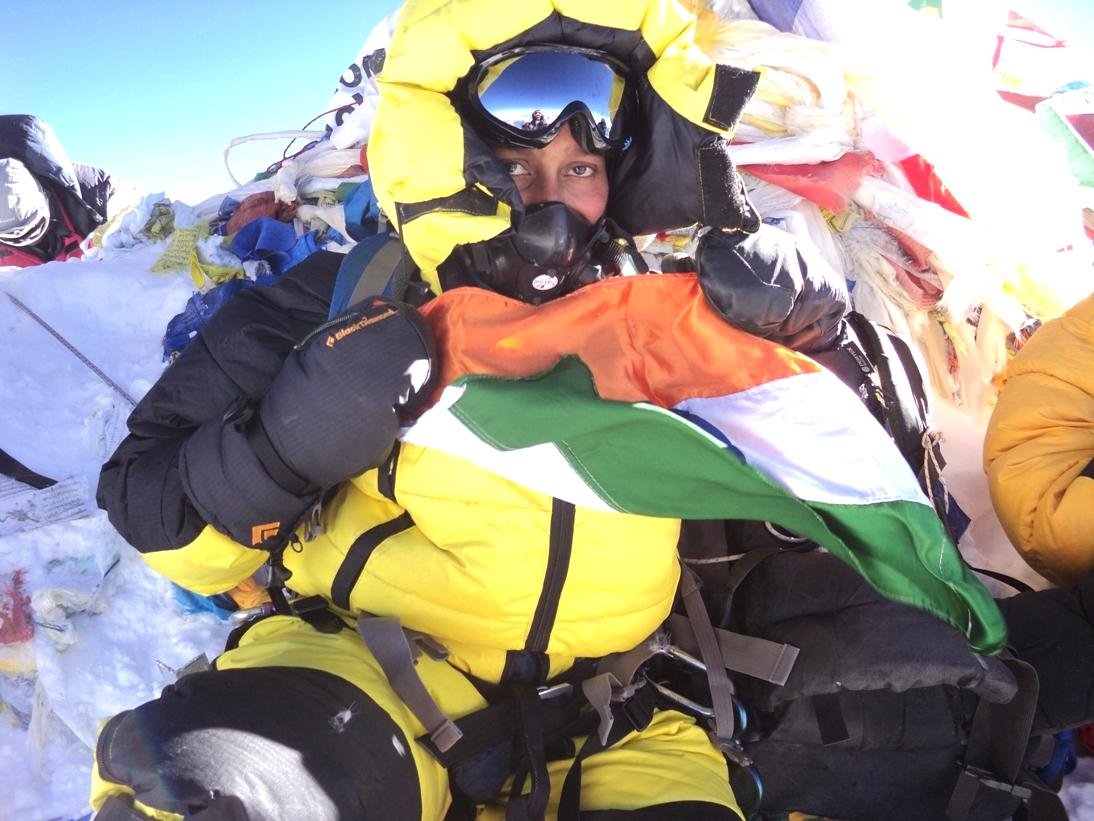
The summit of Everest is an unforgiving place where the air is a silent adversary. Oxygen levels are only one-third of what is typically available at sea level, making breathing a laborious task. This stark difference creates a desert of air, requiring climbers to rely on supplemental oxygen to survive the ordeal. The experience is akin to trying to breathe through a straw; the simple act of drawing a breath becomes a conscious, calculated effort.
A Geological Wonder
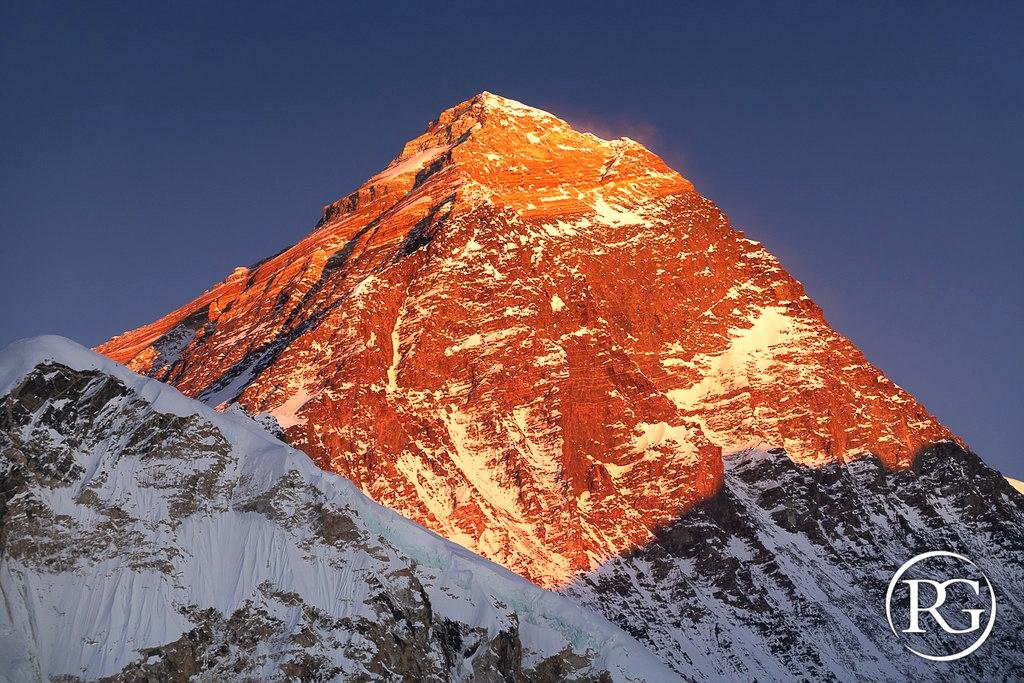
The geology of Mount Everest is truly fascinating. The summit is composed of marine limestone, a vivid reminder that this colossal mountain was once situated under an ancient ocean millions of years ago. It’s a testament to Earth’s awe-inspiring geological history, where continents drift and mountains rise. Everest serves as a natural history book, chronicling the planet’s formative processes over eons.
An Economic Driver
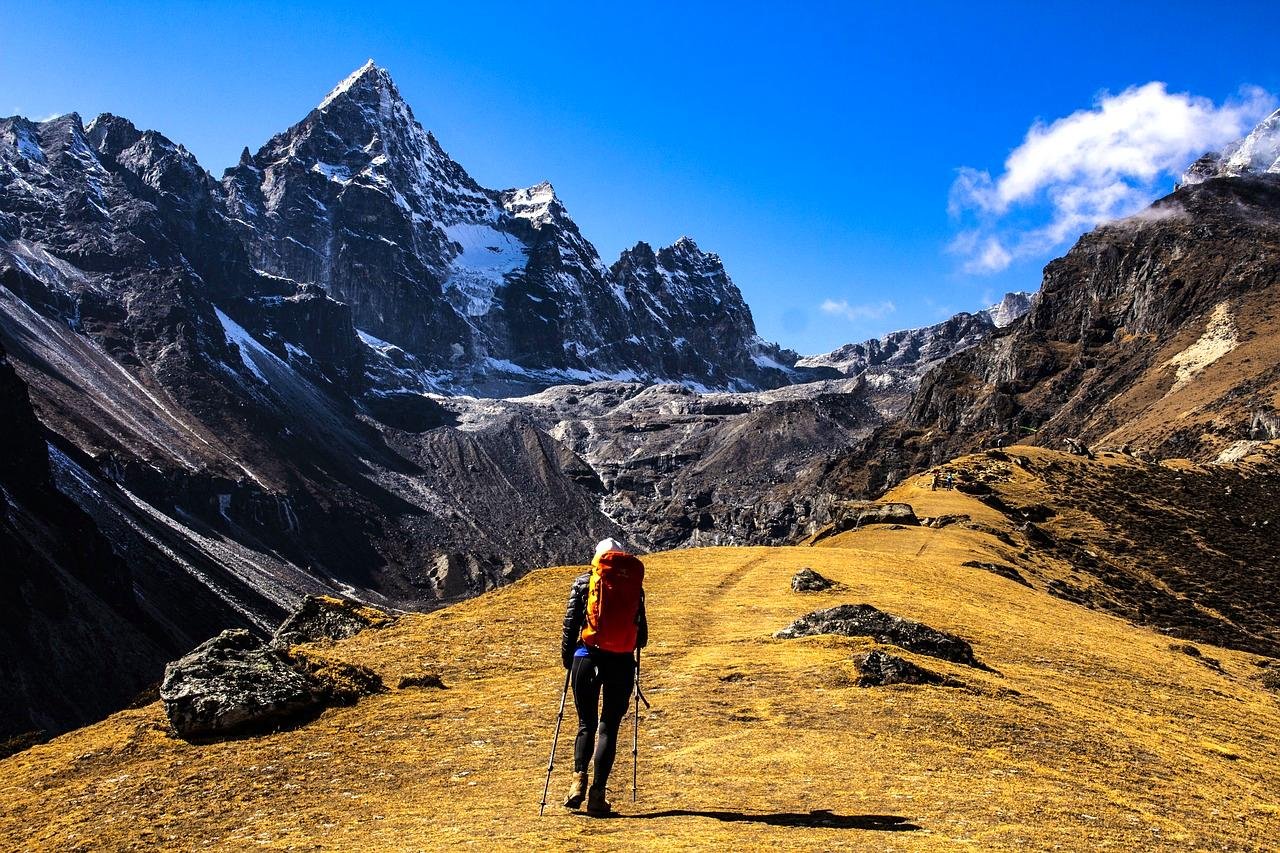
Mount Everest is more than a natural wonder; it’s an economic powerhouse for Nepal. The mountain generates millions in revenue through tourism, climbing permits, and local employment. Climbing permits can cost climbers up to $11,000, bolstering Nepal’s economy significantly. This economic benefit transforms the region, providing livelihoods and prosperity tied to Everest’s colossal presence.
